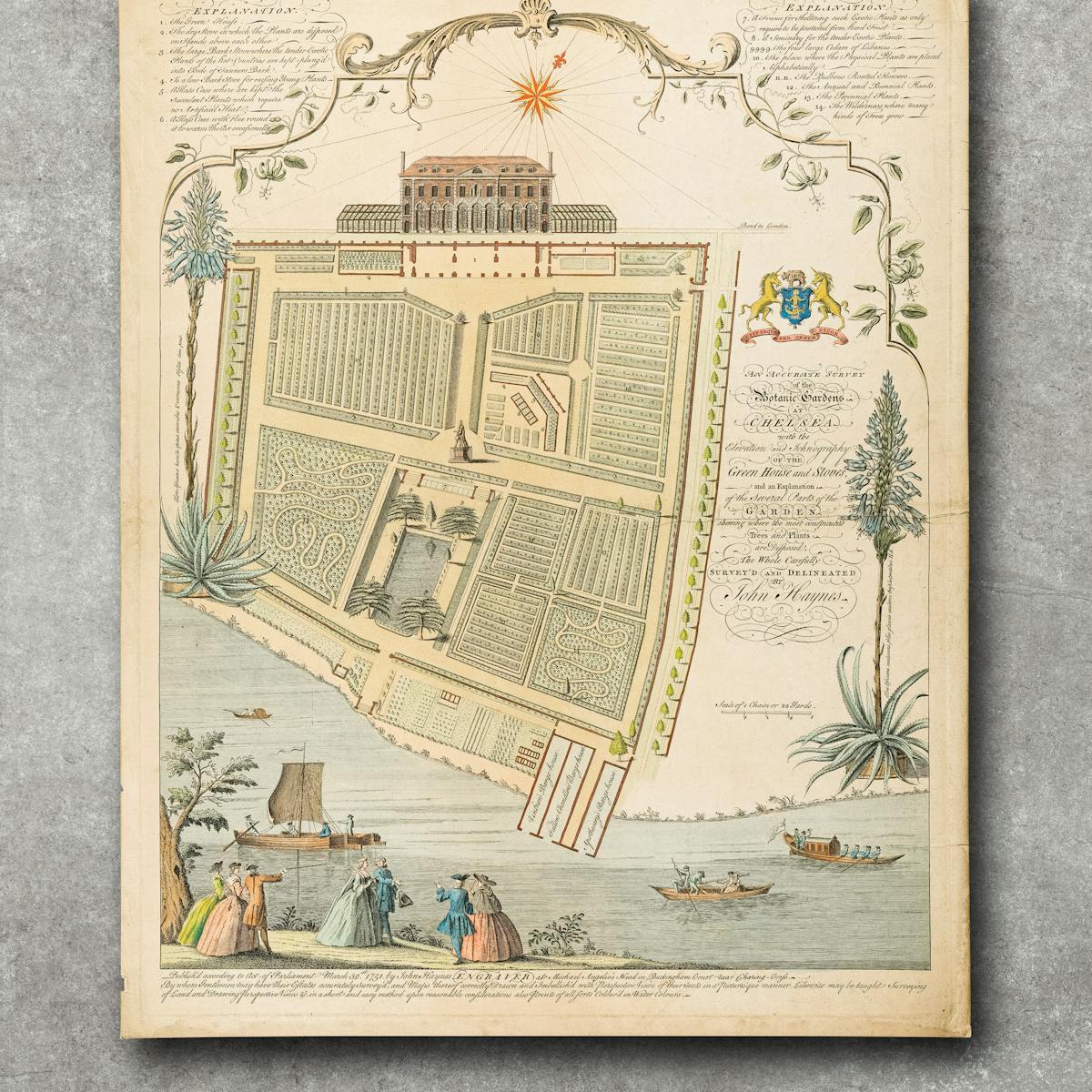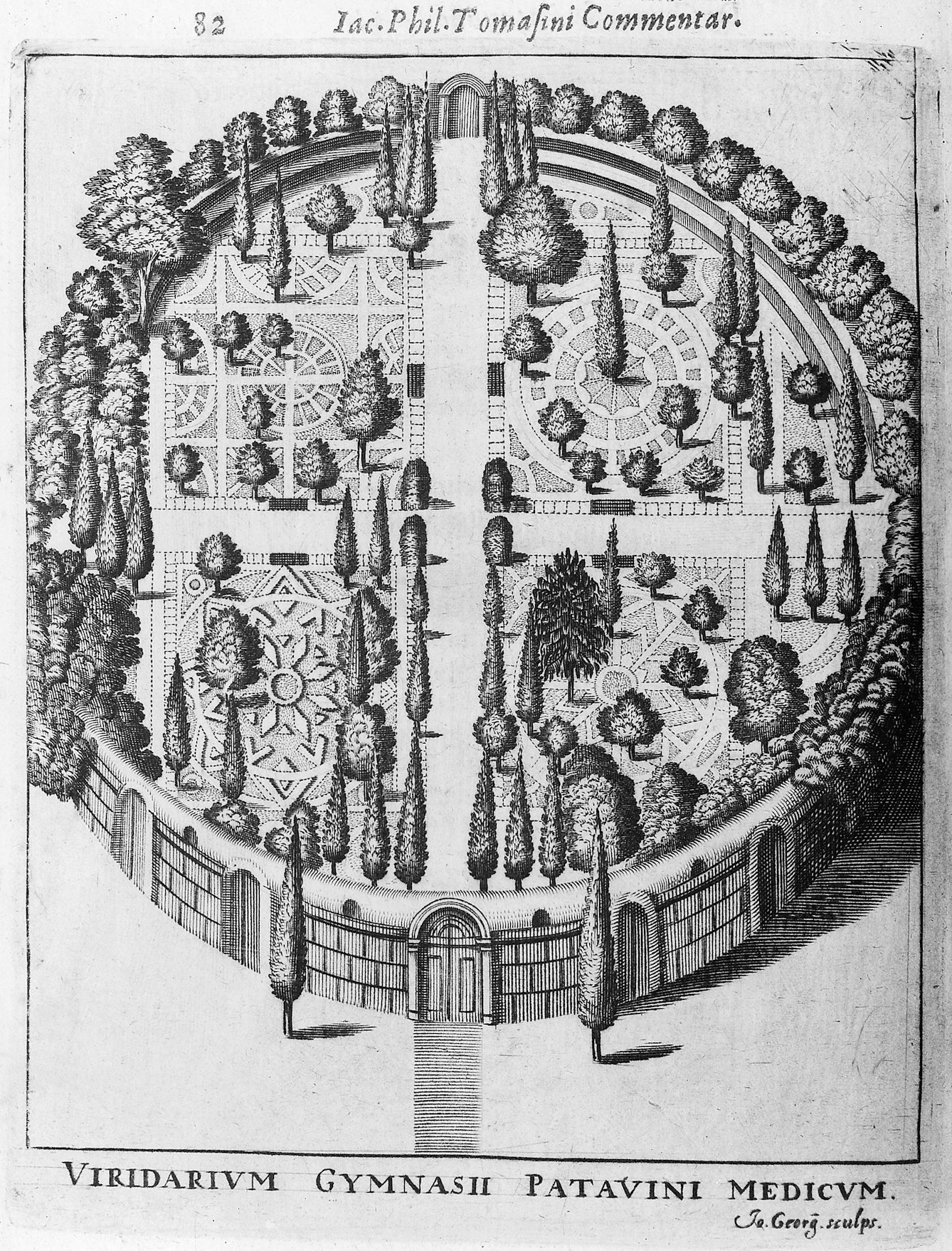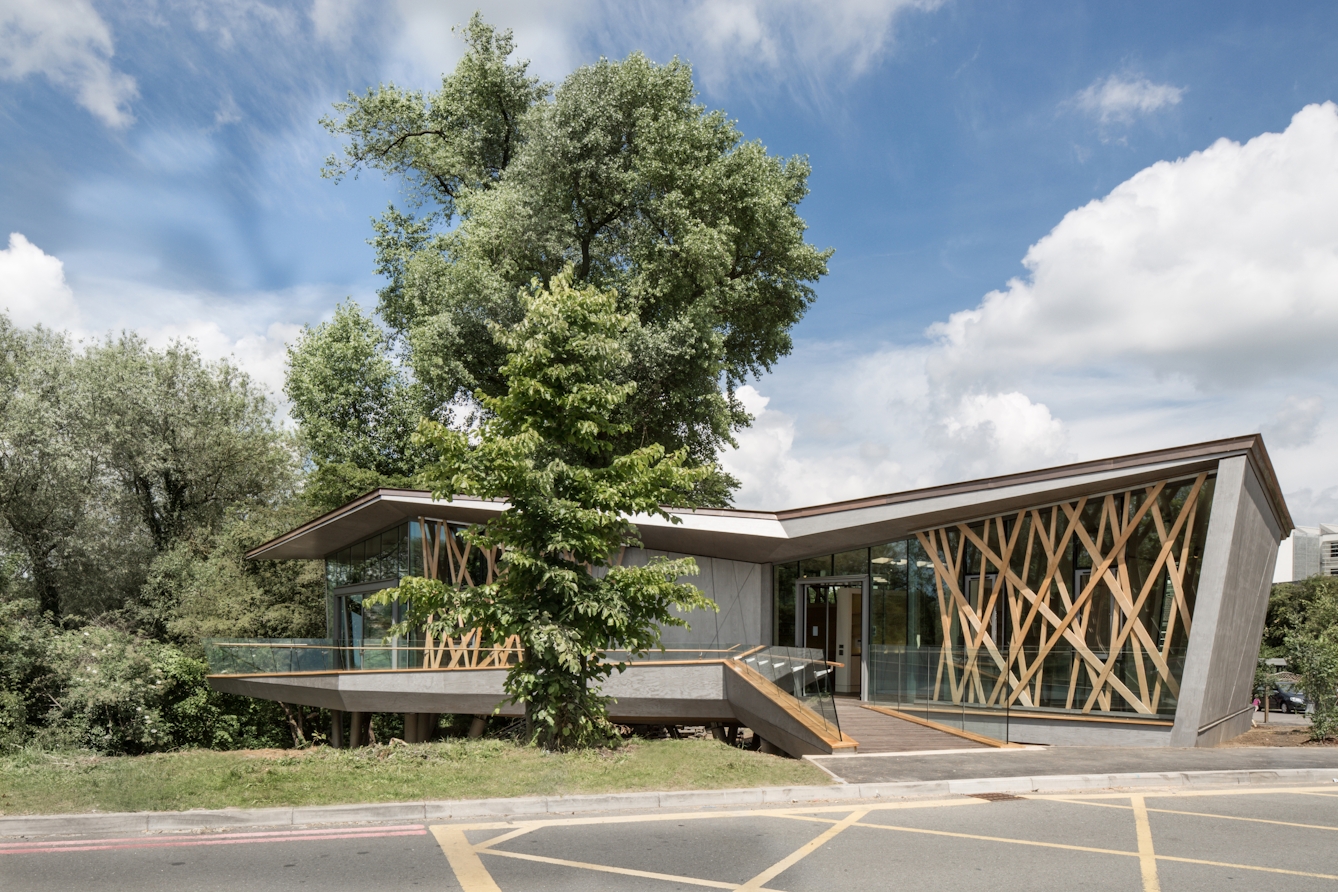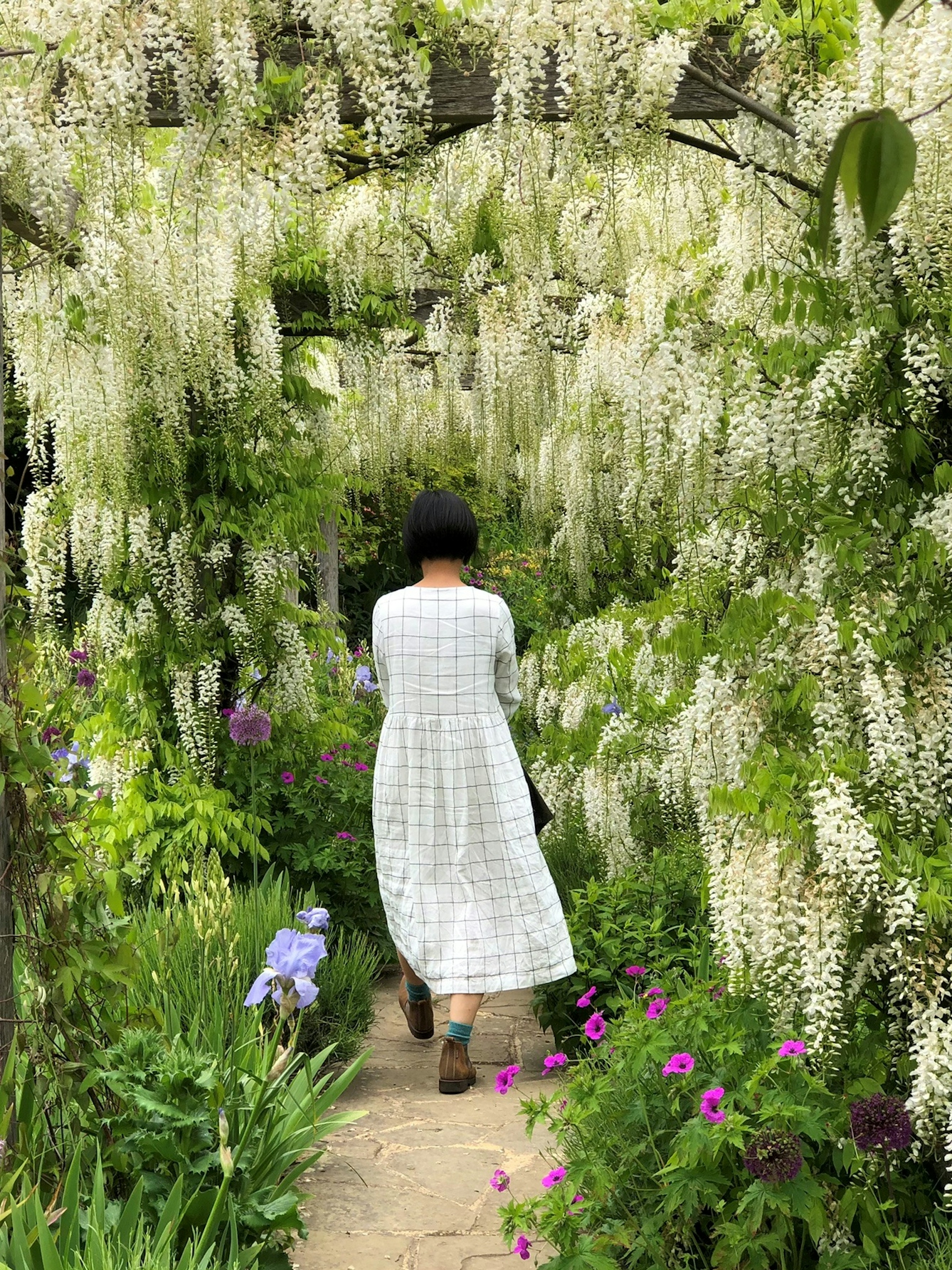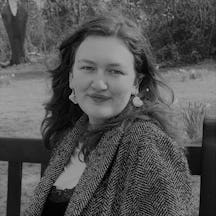Plants and medicine, gardening and healing have long been entwined, although the story of their entanglement is complex. Drawn to gardens, both real and virtual, during periods of ill health, Iona Glen has experienced the healing power of plants first hand. Iona cares for plants that, in turn, care for her. Keen to understand more about this sense of kinship, here she reflects on the history of the “physic garden” and its modern manifestations.
The healing power of the physic garden
Words by Iona Glenaverage reading time 6 minutes
- Article
There is something sustaining about a garden’s colours, sounds and seasonal rhythms. Over years of periodic depression, I find gardens an enormous source of relief, although not a simplistic “nature cure”. I have always been drawn to medicinal herbs; their use across time feels reassuring. Marigolds (Calendula officinalis), for example, have long been applied topically in creams for soothing skin conditions like my chronic eczema.
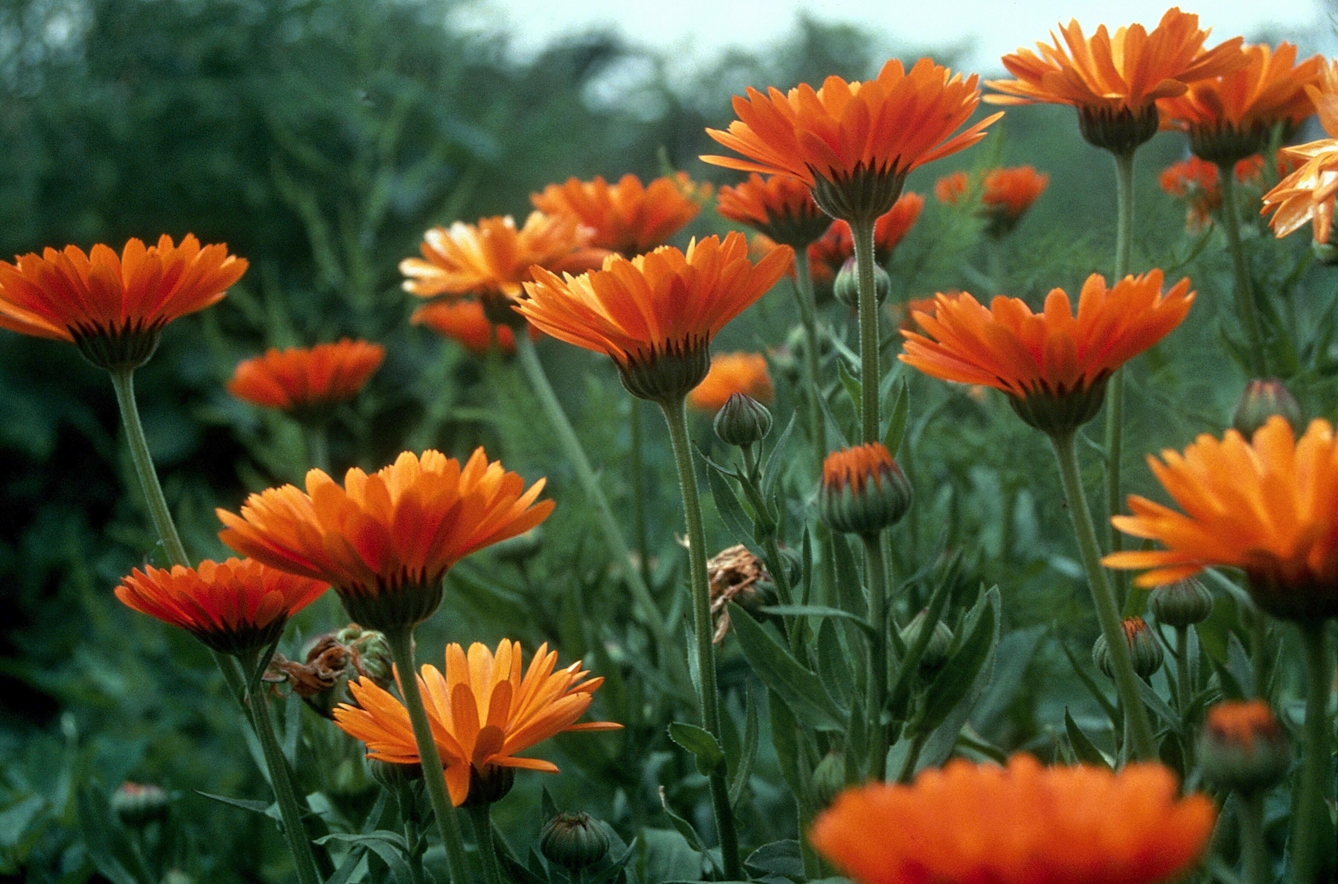
Marigolds (Calendula officinalis) have long been applied topically in creams for soothing skin conditions like chronic eczema.
During the coronavirus lockdowns, my anxiety and agoraphobia intensified. At times I still find it almost impossible to go outside. I began to follow sustainable gardeners and foragers on social media to maintain a connection with the garden. Captions accompanying images on Instagram accounts would describe quotidian gardening tasks and plant folklore. They helped me to imagine a green sanctuary. When the physical garden was remote, the grids of these feeds began to seem like the planted beds of a virtual physic garden.

When the physical garden was remote, the grids of Instagram feeds began to seem like the planted beds of a virtual physic garden.
Gardens and healing have long been entwined. For most of human history, plants have provided the basis of medicine. While chemicals isolated from plants are now synthesised artificially for pharmaceutical use, many people around the world continue to rely on herbalism.
The botanical garden at Padua.
From the early modern period, medicinal flora was grown in a “physic garden” for teaching medical practitioners. Herbals detailing plants’ properties and usage survive in fragments of Egyptian papyri and Assyrian cuneiform tablets, suggesting such gardens have been cultivated for millennia.
The word ‘physic’ means both a drug and the “art of healing”. To my mind, the name suggests a further meaning: the garden as a physic in itself.
Harvesting foxgloves at Burroughs Wellcome Materia Medica farm.
Many botanic gardens started out as physic gardens. When I visit Chelsea Physic Garden, founded by the Worshipful Society of Apothecaries in 1673, it retains the secluded quality that made it known as London’s “secret garden”. I potter around among the other visitors, reading the labels and admiring how the leaves of two towering gingko trees play with the sunlight. Despite the surrounding sounds of traffic and construction work, I begin to feel calmer. Both restored to myself and attuned to my surroundings.

Chelsea Physic Garden, founded by the Worshipful Society of Apothecaries in 1673.
But this is not a simple healing place. The physic garden, along with Western medicine and botany in general, benefited from the growth of empire. Chelsea Physic Garden owes its continued existence largely to the provisions of Hans Sloane (1670–1753), collector and physician, who married into a fortune obtained through the labour of enslaved people on Jamaican plantations.
“Plant hunter” Robert Fortune (1812–80), in charge of Chelsea from 1846 to 1848, smuggled tea plants out of China during the era of the Opium Wars. One of the garden’s glasshouses also contains a cinchona plant, original source of antimalarial quinine, knowledge of which was acquired from Quechua Peruvians. This resulted in the tree’s theft and farming on plantations in Dutch-controlled Indonesia and British-controlled India and Sri Lanka. Many botanical and horticultural institutions have still not adequately addressed these legacies of exploitation.
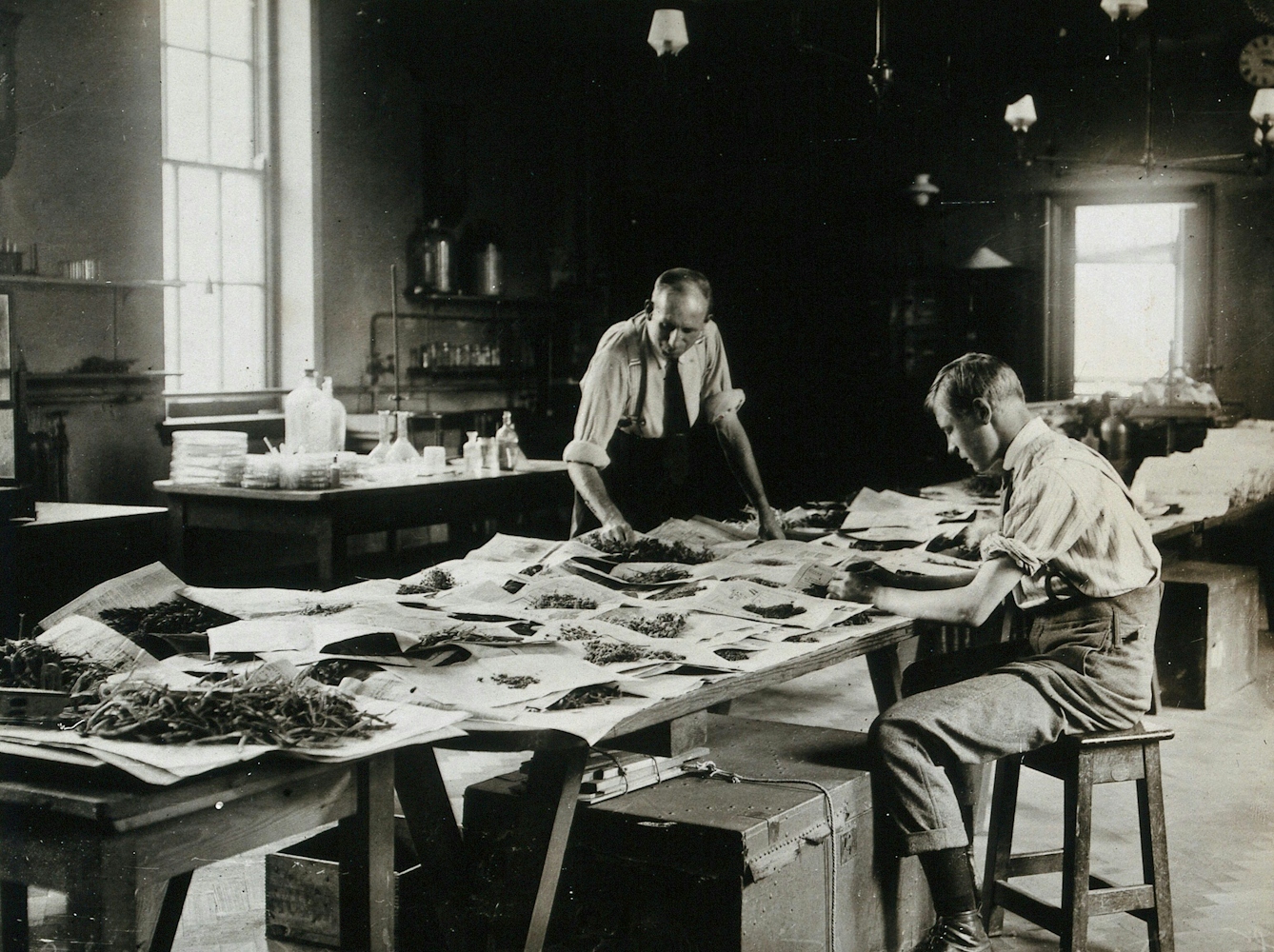
Drying and sorting seeds at Chelsea Physic Garden.
Did the physic garden exist outside of the medical establishment? For centuries, especially in rural areas, many people depended upon the remedies of a household matriarch or neighbour. Herbwomen supplied plants to urban apothecaries. Garden physic grew in kitchen gardens and small plots, supplemented by foraged plants. Witchcraft trial records contain numerous references to herblore, indicating that many of those accused were local healers or ‘cunning’ folk.
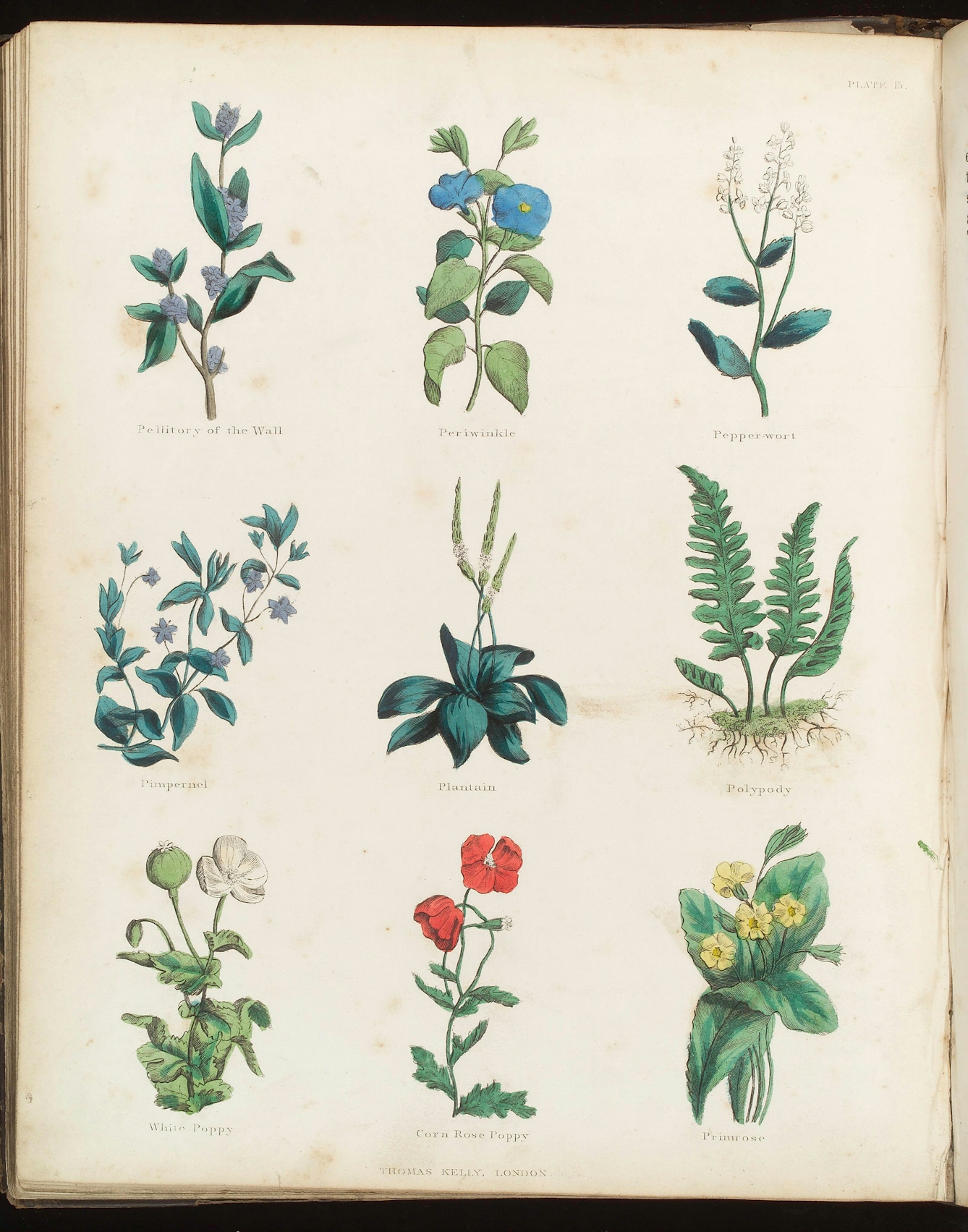
Garden physic grew in kitchen gardens and small plots, supplemented by foraged plants.
I see the garden of filmmaker, artist and queer activist Derek Jarman, begun at Prospect Cottage on the shingled shore of Dungeness in Kent in 1987, as a modern iteration of these informal, slightly subversive physic gardens. In ‘Derek Jarman’s Garden’ (1995), he mentions initial rumours that he was a “white witch”, hexing the nearby nuclear power station.
Jarman described his garden as a “form of therapy”. In the year he began his garden, he had been diagnosed HIV positive, leading to his tragic early death in 1994. Just as Jarman was defiant in the face of institutionalised homophobia and HIV stigma, the garden managed to flourish despite scouring winds.
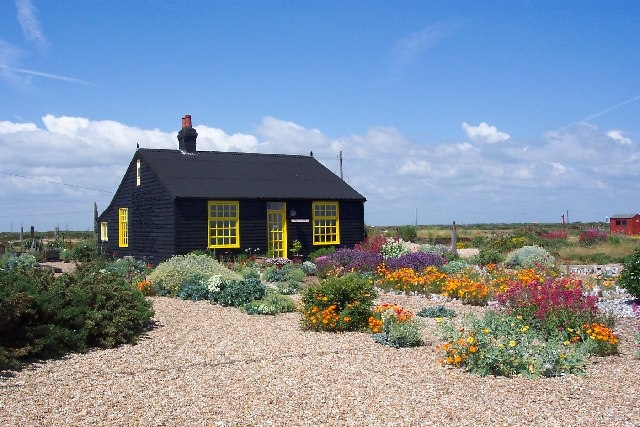
Derek Jarman called Prospect Cottage's garden both ‘Eden’ – paradise – and ‘Gethsemane’ – site of suffering and anticipated death.
Prospect Cottage was, however, a complex space. Jarman called the garden both ‘Eden’ – paradise – and ‘Gethsemane’ – site of suffering and anticipated death. One diary entry from 1989 reads: “I plant my herbal garden as a panacea, read up on all the aches and pains that plants will cure – and know they are not going to help. The garden as pharmacopeia has failed.” But he adds on the next line: “there is a thrill in watching the plants spring up that gives me hope”.
This idea of the garden as a therapeutic space, however imperfect, is deep-rooted, from medieval monasteries to contemporary Maggie’s Centre gardens. Horticultural therapy and community therapeutic gardens are increasing in popularity, while science proposes various explanations, including the presence of serotonin-boosting bacteria in the soil (M vaccae), or even the positive effects of the colour green.
The idea of the garden as a therapeutic space is deep-rooted, from medieval monasteries to contemporary Maggie’s Centre gardens.
In May, Sui Searle, creator of @thetemperategardener and @decolonisethegarden on Instagram, led a talk in London with Carmen Sheridan and Natalie Warner. Her newsletter Radicle, “platform[s] garden writing from fresh perspectives” and examines horticulture’s colonial legacies.
I listened to Sheridan read an article about her Syrian grandmother’s garden in Chester, filled with flowers from the home she had to flee in Damascus. Sheridan described writing this article as “incredibly healing”, providing a “safe starting point” for exploring intergenerational trauma.
Sui Searle describes the reciprocity between the gardener and the garden, in a continual process of care.
Once again, the physic garden emerges, this time through text, memory and heritage. During the discussion afterwards, I was inspired by Searle’s expression of reciprocity between the gardener and the garden in a continual process of care, and her sense of ‘kinship’ with the earth.
I think about this kinship while dead-heading roses, musing that there will always be parts of us that are budding, in full bloom, and dying at the same time. And in the warmth I feel for the yew hedge I planted years ago with my dad, now taller than I am. Perhaps this is why the physic garden remains so appealing. I can tend to the plants that tend to me, and create an environment of reciprocity, not mere extraction. Garden physic manifests in myriad ways: in art, in physical and digital spaces, and in the potted herbs on my windowsill.
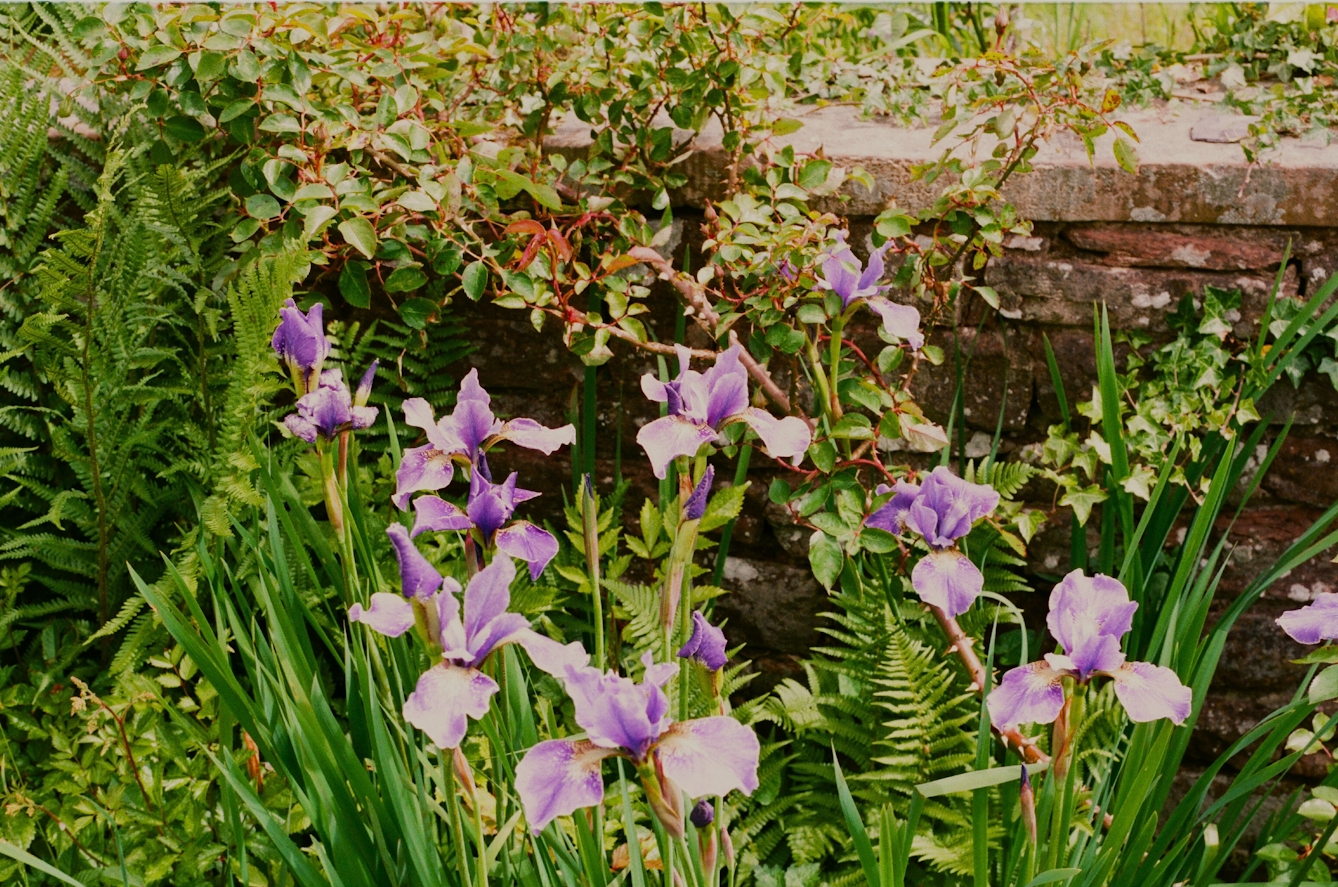
“Perhaps this is why the physic garden remains so appealing. I can tend to the plants that tend to me.”
About the author
Iona Glen
Iona Glen is a writer and museum worker particularly interested in exploring the relationships between nature, art, history and personal narrative. She has previously written for UK Climbing, Dear Damsels and Lucy Writers.
